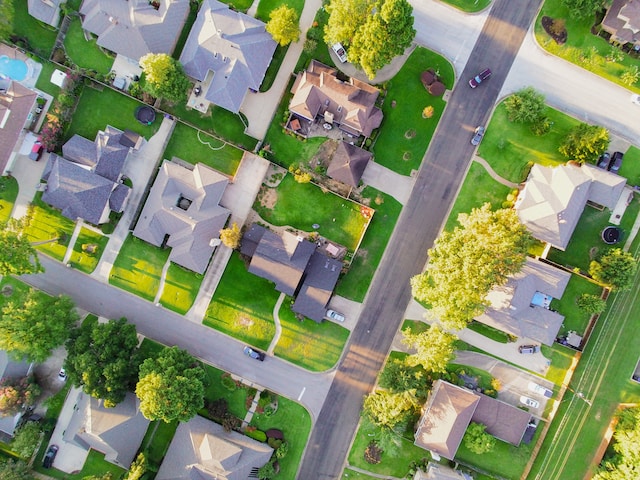The aesthetics of community lots play an integral role in enhancing the quality of life for residents, promoting local culture, and fostering communal pride. A well-maintained and visually appealing community lot provides a space for relaxation and recreation while creating a positive impression for visitors, possibly boosting local tourism.
Here, we will explore some key factors that contribute to improving the aesthetics of community lots, offering insights into the best strategies to transform these public spaces into vibrant, welcoming, and attractive environments for all to enjoy.
Invest in architectural light poles
Architectural light poles bring a unique style to community neighbourhoods in our modern era. The right architectural light poles for community neighbourhoods are designed to be both functional and visually appealing, making them the perfect choice for any town or city looking to upgrade their outdoor lighting. With a wide variety of styles and finishes available, architectural light poles can complement any surrounding architecture and landscape. But why invest in such poles? Well, aside from the aesthetic value, these poles also offer energy efficiency, longevity, and durability. They can also be equipped with smart lighting technology, allowing for remote operation and dimming capabilities, contributing to the overall sustainability of the community lot.
Incorporate public art
Public art is a fantastic way to add character and cultural significance to a community lot. Be it through murals, sculptures, or interactive installations, public art can serve as a reflection of the neighborhood’s identity and create a sense of place for residents.
Not to mention, public art acts as a conversation starter and encourages community engagement. When strategically placed, public art can also serve as focal points within the lot, drawing visitors in and enhancing the overall aesthetic.
Add greenery and landscaping
Greenery and landscaping can instantly transform a dull community lot into an inviting and vibrant space. Planting trees, shrubs, flowers, and other vegetation adds natural beauty and provides numerous environmental benefits, including purifying the air, reducing noise pollution, and providing shade.
Carefully chosen plants can attract birds and other wildlife, adding to the overall biodiversity of the community lot. Even incorporate seating areas and pathways amongst the greenery to encourage visitors to explore and relax in the area.
Maintain cleanliness and proper upkeep
Regular maintenance tasks such as litter removal, graffiti prevention, landscaping upkeep, and repair of public amenities ensure the area remains inviting and usable. Furthermore, a clean and well-maintained space fosters a sense of community pride, encourages residents’ participation in upkeep activities, and contributes to a safer environment.
Municipalities should prioritize regular maintenance schedules and encourage community involvement in these tasks. Additionally, proper upkeep can prevent potential safety hazards and maintain the overall aesthetic of the community lot.
Allow for flexibility and adaptability
As communities evolve and change over time, so too should their public spaces. Incorporating flexible elements within the community lot design allows for future adaptation and updates to meet changing needs. For example, incorporating modular seating or movable planters allows for the space to be easily reconfigured for events or different uses. This flexibility ensures that the community lot remains functional and visually appealing for years to come.
The aesthetics of community lots are significantly enhanced by strategic planning and design. Investments in architectural light poles, greenery, public art, and regular maintenance aim to improve the visual appeal and foster a sense of community pride and engagement.
Embracing flexibility and adaptability in design ensures the space continues to serve the evolving needs of the community. Through these efforts, community lots can truly become vibrant, welcoming spaces that celebrate local culture, promote well-being, and contribute positively to the overall quality of life.


